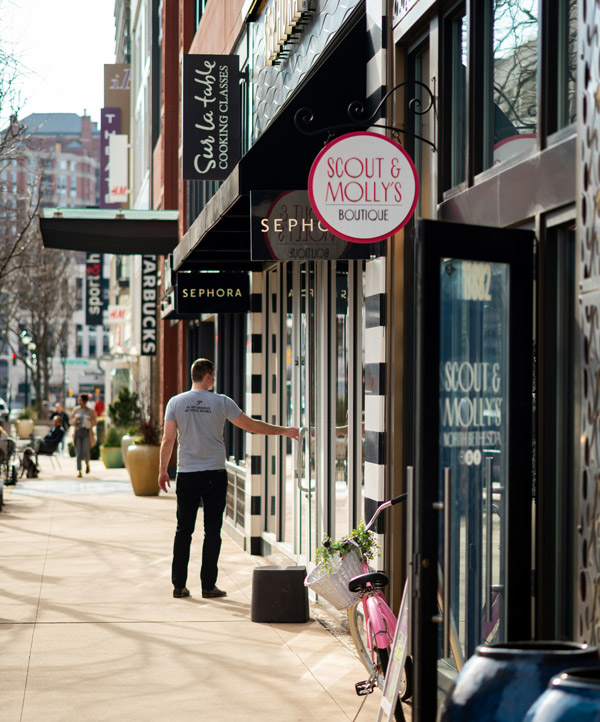Walk into a store that hasn’t seen an update in seven years and you’ll feel it immediately. The lighting is off. The fixtures are dated. The layout doesn’t support how customers shop today. Yet it’s still open, still operating—on paper, still “fine.” The problem is, “fine” can be a very expensive lie.
In retail, not making a decision is still making one. And when it comes to your physical store fleet, doing nothing is often the most costly choice you can make. Retail store reinvestment is the strategic response that too many brands defer—and they pay the price. Delaying retail store reinvestment erodes brand value, weakens performance, and costs more in the long run.

Stagnant Stores Drain Performance
Retail is a momentum game. Stores that sit idle too long start to fall behind—not just in design, but in customer experience, sales productivity, and overall brand impact.
As store environments age, traffic tends to slow, especially if nearby competitors are investing in modern formats. Sales teams become disengaged, merchandise is harder to navigate, and the store no longer reflects the brand customers know from online. Worse yet, the halo effect of physical retail—its ability to lift digital performance in key trade areas—fades as customers stop visiting altogether.
Retail brands often delay retail store reinvestment to preserve capital, but what’s harder to track is what they’re giving up in return: lost sales, weaker brand perception, and missed opportunities to build deeper loyalty.

You Can’t Afford to Miss Your Lease Window
Retail real estate doesn’t wait. Lease terms are finite, and the midpoint or renewal window is your one shot to renegotiate, right-size, or reinvest in the space. If you wait too long—or do nothing at all—you lose leverage.
Landlords know which tenants are investing in their stores and which ones are coasting. If you haven’t made improvements, they’re less likely to offer favorable renewal terms, co-investment, or flexibility.
Strategic brands use their lease timeline to plan retail store reinvestment. A “refresh” two to three years into a lease signals ongoing value. A “remodel” at renewal positions the brand for another five to ten years of performance. Doing nothing often puts the brand in a corner—facing higher rent with no improved experience to justify it.
Delayed Spend Becomes Compounded Loss
Brands often think deferring investment means saving money. But in most cases, they’re just spreading out the losses over time.
Let’s say a $250,000 investment in a store refresh could drive a 10% lift in annual sales. If you wait two years, you don’t just delay spend—you forfeit hundreds of thousands in unrealized revenue. And if the store underperforms for too long, you risk not just lost sales but total closure, severed customer relationships, and the costs of rebuilding the market from scratch.
The math becomes even clearer when portfolio data is layered in. Stores that receive timely retail store reinvestment aligned with traffic patterns, lease timing, and customer demand outperform those that don’t—consistently.

Proactive Brands Use Data to Decide, Not Delay
What separates high-performing retail brands from the rest isn’t their design aesthetic—it’s their discipline. They don’t upgrade everything. They don’t ignore stores, either.
They apply a tiered approach like the Refresh, Refurb, Remodel (RRR) framework to define the right level of retail store reinvestment for each location. They align capital planning with lease health, store performance, and brand opportunity. And they use frameworks like Standards, Guidelines, and Choices (SGC) to scale design while maintaining consistency and flexibility.
It’s not just about improving how a store looks—it’s about improving how it performs.

Inaction Is a Decision. And It’s Expensive.
Retail leaders are constantly weighing what to act on and what to push down the road. But when it comes to retail store reinvestment, waiting quietly erodes value—both visibly and invisibly.
Customers notice. Teams notice. And eventually, landlords and balance sheets notice too.
Now’s the time to take stock of your fleet. Not every store needs a remodel, but every store needs a plan. Start with the data. Evaluate your lease timelines. Apply the RRR framework. The most expensive store in your portfolio may not be the one you spent the most on—it may be the one you’ve ignored.





